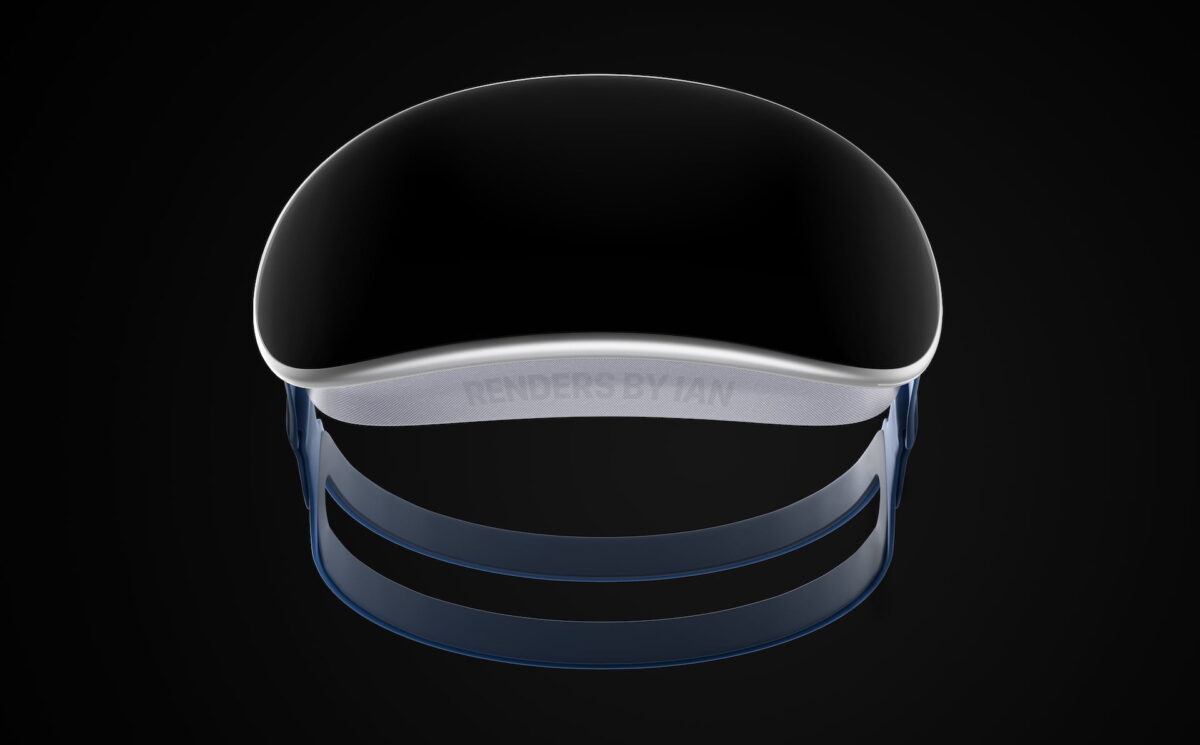Apple headset to offer iris scan for quick logins - report

Apple's upcoming mixed reality headset is supposed to enable quick logins via iris scan.
Anyone who has ever donned an XR headset knows the fear of the login screen. Hardly anything is more annoying than typing in long passwords via finger or controller keyboard with the headset on. Apple's headset is supposed to offer a more elegant solution.
Apple headset offers iris scanning
The website The Information, citing anonymous sources involved in the project, reports that the Apple headset offers an iris scan. This iris scan is supposed to enable users to log into accounts faster and make payments, for example - similar to Face ID or Touch ID.
The iris scan is also supposed to recognize the wearer when putting on the headset and automatically load the right profile. This should be especially handy in a professional context, where the device is likely to be used by several people regularly.
Sensomotoric Instruments supplies the eye-tracking technology
According to The Information's sources, iris scanning is enabled by eye-tracking technology from German company Sensomotoric Instruments (SMI).
SMI was an early mover on the future potential of eye-tracking for VR and AR, demonstrating application scenarios with Valve and HTC, among others. Apple apparently took notice - and bought SMI in the summer of 2017.
At that time, the company demonstrated systems with up to 250 Hz and referred to the advantages of eye tracking as follows:
- Foveated rendering: Better graphics with less performance overhead.
- Gaze control: The interface can be operated with glances alone.
- Personalized calibration of the display, adapted to the respective headset wearer.
- Social VR: Better sense of presence, especially when virtual avatars communicate with each other.
- New analytics that can be used by game developers, businesses, and researchers.
In addition to SMI, there is a second German company involved in Apple's upcoming AR headset: Back in May 2015, Apple acquired the Munich-based startup Metaio, which was considered a leader in AR software development at the time.
Metaio's technology is used, among other things, in ARKit, which is also expected to play a decisive role in the Apple headset. Metaio founders Thomas Alt and Peter Meier subsequently worked for Apple for several years.
Will Apple's headset beat Quest Pro?
Apple's headset is said to offer a total of 14 cameras, compared to the ten of the Quest Pro. They are supposed to be integrated into the casing in such a way that they are hardly noticeable from the outside. A downward-facing camera is supposed to capture the legs of the headset wearer for leg tracking for virtual avatars. The Quest Pro does not offer this feature.
The headset itself is said to resemble ski goggles strongly, is mainly made of fabric, aluminum and glass, and is lighter and thinner than the Quest Pro. Prescription lenses are supposed to be magnetically placed over the built-in lenses.
The Information also reports that some leaked features might not make it into the final device. The site does not specify which features might be missing.
The Information has leaked a lot of information about the respective development status of Apple's headset in the past few years. We might find out which of them are true in early 2023, when Apple is supposed to unveil the device officially after years of "secrecy".
Note: Links to online stores in articles can be so-called affiliate links. If you buy through this link, MIXED receives a commission from the provider. For you the price does not change.